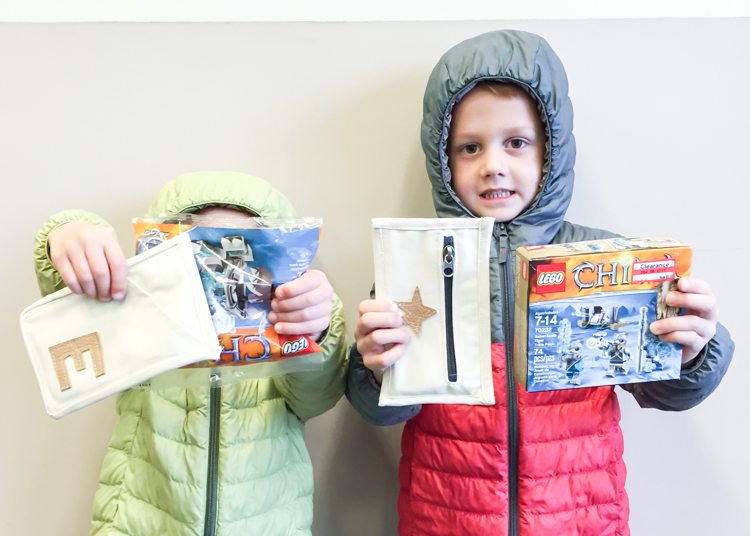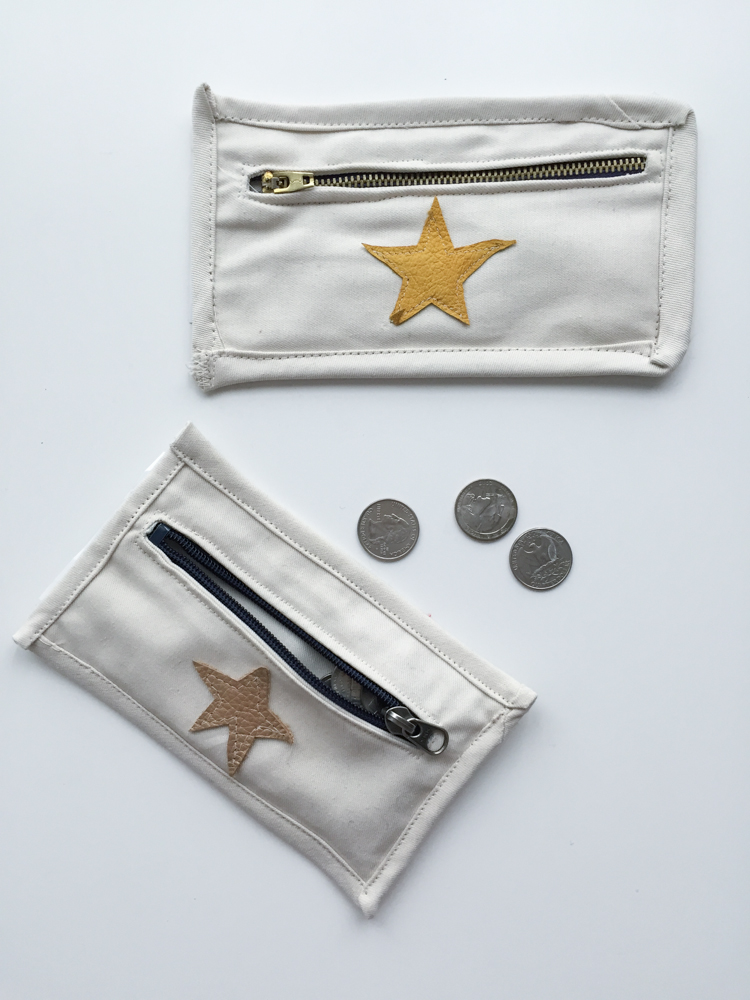Dave and I decided that when Milo entered Kindergarten would be a good time to begin having him learn how to manage a little bit of money. We initially planned to just give him a small weekly allowance and teach him about taking care of it, saving some, and spending wisely. Around when he started school this year I also realized that both Milo and Eliot were old enough to do some regular chores around the house. They had been keeping up with some routines: bedtime stuff, picking up the playroom, etc. but none of the expected chores were written down, and I hadn’t yet branched out into letting them help with some of the bigger household duties, like cleaning the floors and bathrooms. With these two progress milestones on the horizon, I thought combining the chores and the money into one simple system would be the easiest way for us all to keep track of these new little responsibilities. What I came up with after looking a bunch online and talking to some good friends is The Star Chart, a simple chore and earning system for young kids. If after reading you think this will work for you too, click HERE to download the free star chart (without names, of course).
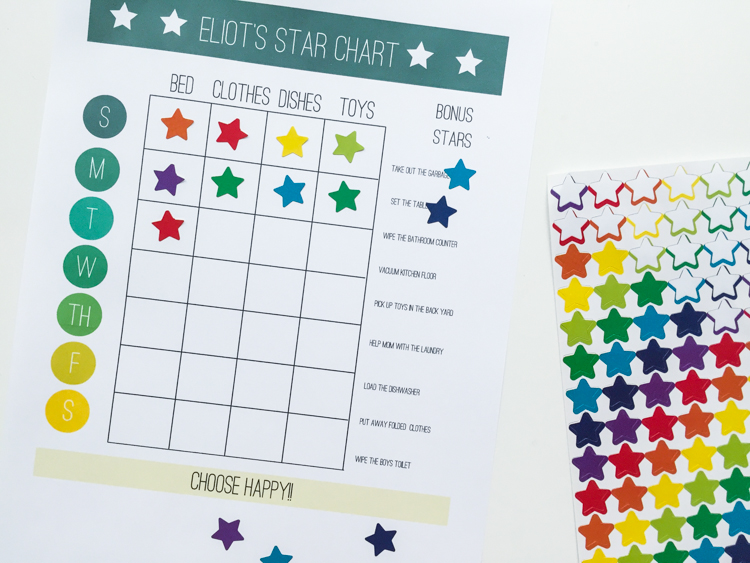
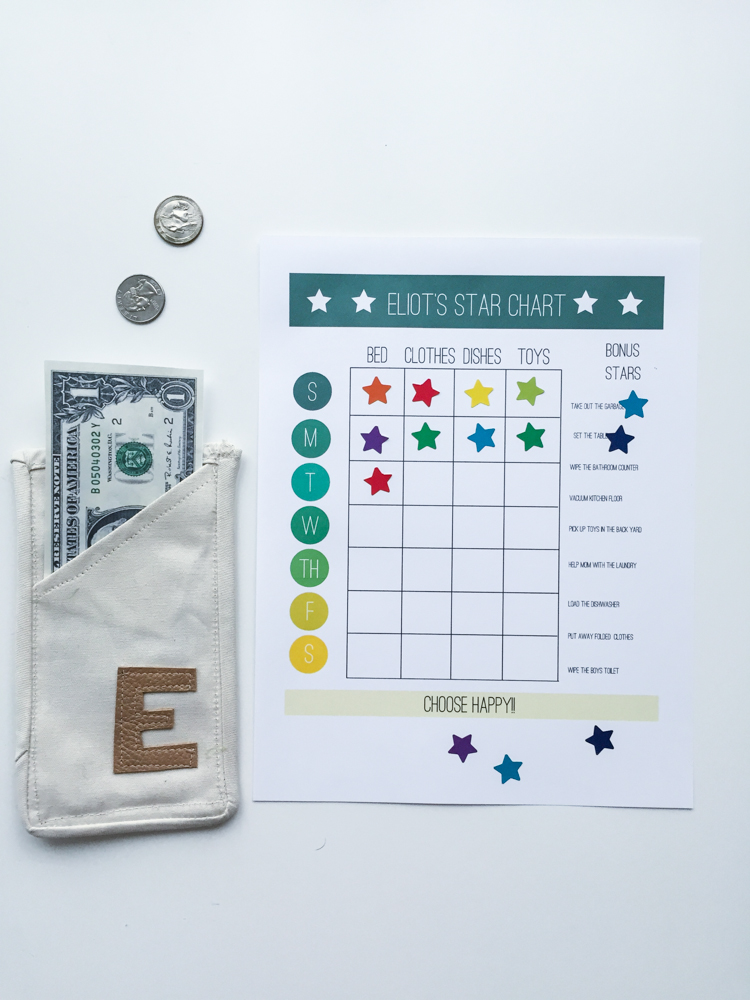
Read on to learn how to make the simple star wallets with an illustrated tutorial.
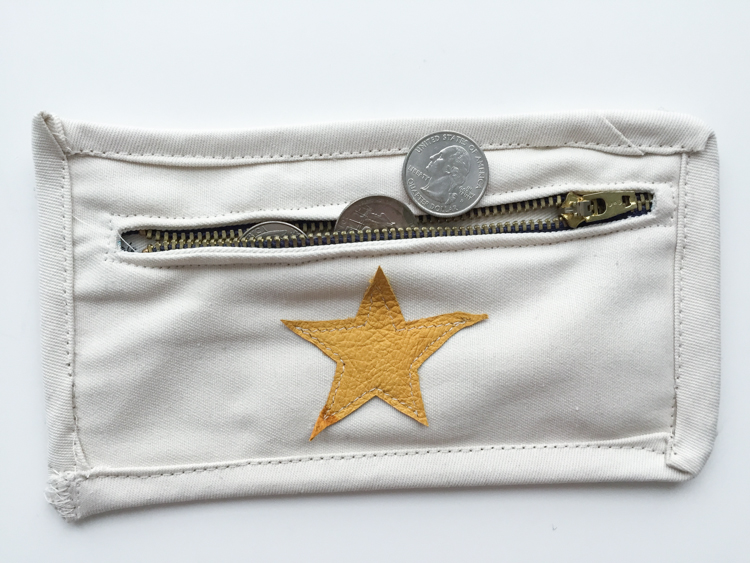
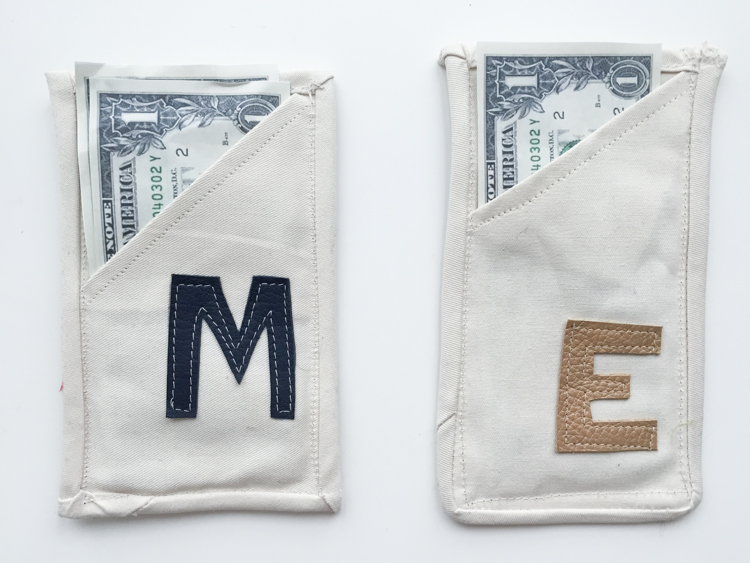
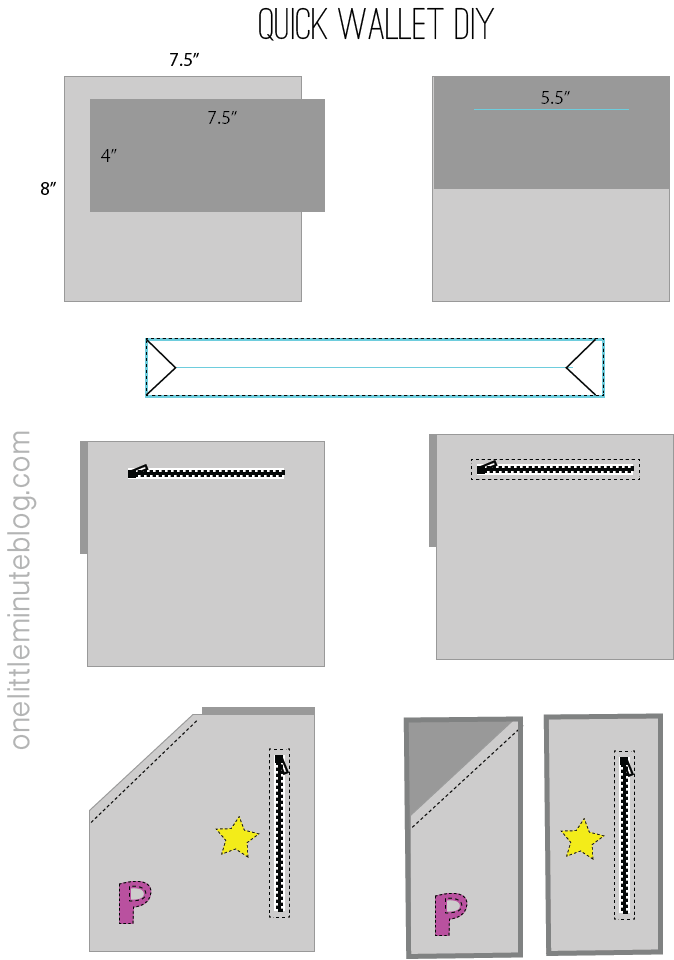
Each wallet requires 12″ x 7.5″ of fabric, the 12″ cut into one 8″ and one 4″ section. I used a medium weight canvas so they have a little body. You could use a simple cotton if you added a layer of 4″ x 7.5″ interfacing during the welt stage. You’ll also need a 5.5″ zipper, and one yard of double fold bias tape.
1) Lay the smaller piece of fabric right side down on the larger. The fabrics should be right sides together (if using interfacing, add it to the top).
2) Draw a 5.5″ line about one inch from the upper line of fabric. You’re going to create an open welt here to put the zipper behind. This is a good video tutorial if you’ve never done one, but basically you draw a rectangle around the line, about 1/4″ on each side. Stitch along this rectangle, then cut along the middle line, and on the diagonal into the corners, taking care not to snip your threads. When you fold all of the upper fabric through the hole and press, you have a great little open welt pocket.
3) Place the zipper behind the opening, with the teeth exposed through the hole, and clamp or pin in place.
4) Topstitch around the rectangle pocket, securing the zipper in place.
5) Add personalized applique details to the top fabric at this point, if you’d like. Measure 4″ from the edge and fold the top fabric down behind on a diagonal as shown. Topstitch in place. When you fold the wallet in half, this fold will create the bill holding side.
6) Fold the wallet in half and trim any weird edges to make adding the bias tape easier. If you’ve never added bias binding, this is a great tutorial for sewing on a bias binding. I made my own matching bias tape with the same canvas, but most sewing and craft stores will sell some pre-made that works great. Start with the bias tape open and pin along the four sides of the wallet. Stitch in place. Trim the edges close to the stitch line, then fold the bias over to the other side and pin in place. Topstitch and you’re done!
